The marksmen are as much a part of Tyrol as the Pope is of Rome and are a symbol of the proverbial resilience of the Tyroleans.
What often seems like harmless folkloric embellishment for folk festivals today, however, has a quite serious historical background. The basis for the Tyrolean marksmen's organization is the Landlibell from the year 1511. In this document, Emperor Maximilian I, in agreement with the Tyrolean estates, laid down how the national defense was to be organized in the event of war. Due to its geographical location, Tyrol has always had great strategic importance. For the Habsburgs, controlling the Alpine passes and thus the direct routes from Germany to Italy was of enormous importance. In addition, there were the rich natural resources, especially copper and silver, which were mined in Tyrol. Under Maximilian I, Tyrol also became the center of the arms industry through the production of cannons and mortars. The Landlibell was the result of this great importance that Tyrol had for the Habsburgs.
For Tyrol, this law meant, on the one hand, a privilege, because it exempted the Tyroleans from the obligation to perform military service for the Emperor outside their national borders. On the other hand, it obliged them to take care of the national defense themselves. Over the centuries, the Landlibell was repeatedly adapted to the respective requirements. From the 18th century, there was a division into regular and sharpshooters on the one hand, and the Landsturm, a kind of militia of all able-bodied men from 18 to 60 years of age, armed with spears, scythes, axes, and morning stars, on the other.
The Landlibell and thus the marksmen gained special importance in 1703, when the Bavarians invaded Tyrol as part of the War of the Spanish Succession, as well as during the Napoleonic Wars in 1796/97 and in the Tyrolean Freedom Struggle of 1809. The initially victorious uprising of the Tyroleans against the overpowering French and Bavarians established the myth of the indomitable and resilient mountain people throughout Europe.
After the collapse of the monarchy in 1918, the marksmen's organization no longer had any military significance. In Austria, the Tyrolean marksmen continued to exist as non-state associations, and it was not until the National Socialism that the marksmen's associations were banned. In fascist Italy, the marksmen's companies had been banned since 1922.
After the Second World War, the Tyrolean marksmen's associations revived, but in South Tyrol, there were renewed bans in the course of the disputes over autonomy. It was only with the conclusion of the Autonomy Statute that the South Tyrolean Marksmen's Association was able to resume its activities. Since 1995, there has been the overall Tyrolean Marksmen's Association of the European Region of Tyrol, which is made up of the North, South, and Welsch Tyrolean Marksmen's Associations.
Today, the marksmen's companies are primarily of social importance and are committed to preserving tradition. Due to their deep roots in society, they continue to contribute significantly to the identity of the European region of Tyrol-South Tyrol-Trentino.







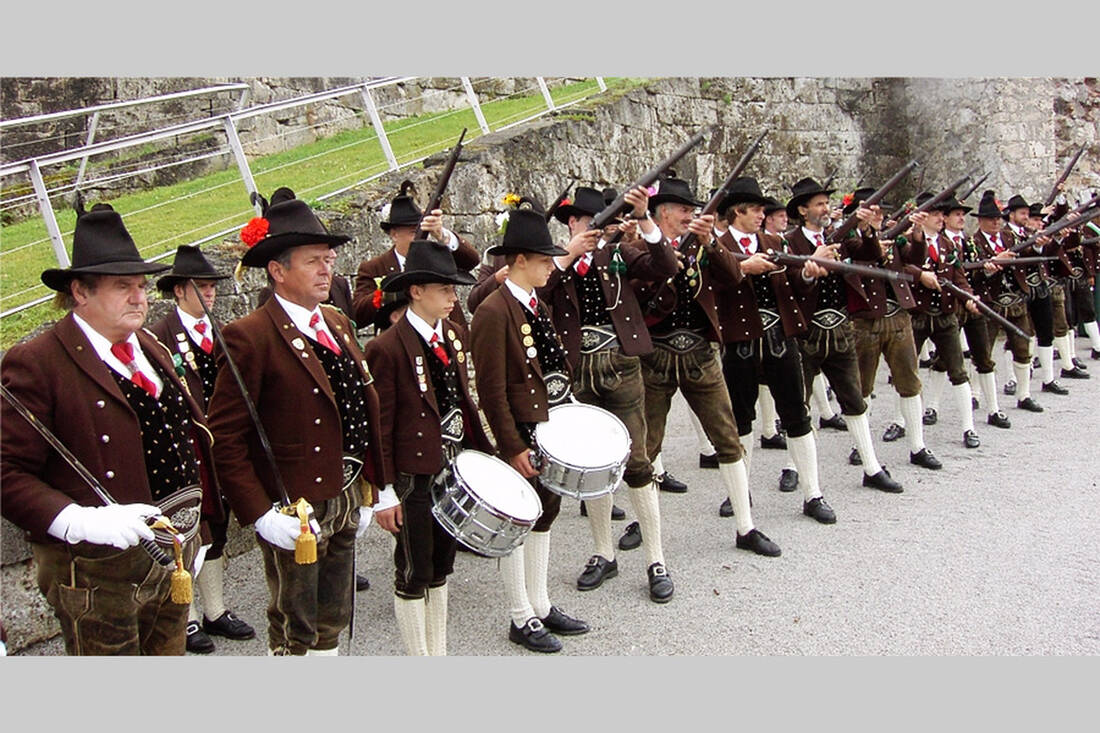
 How do you like the content of this page?
How do you like the content of this page?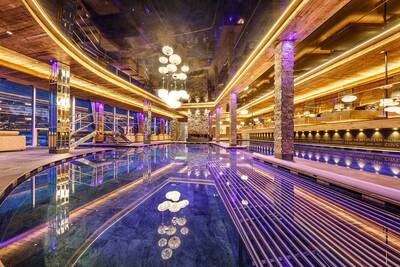
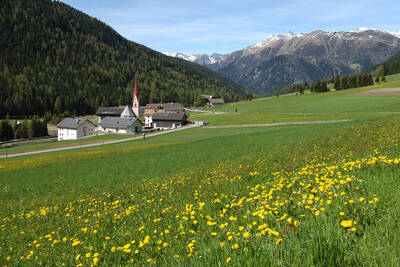
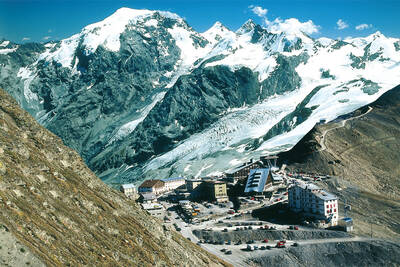
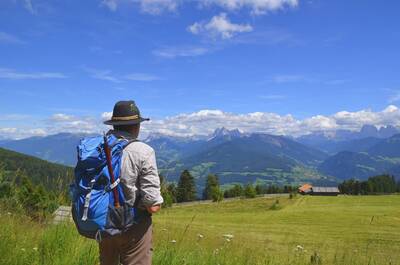
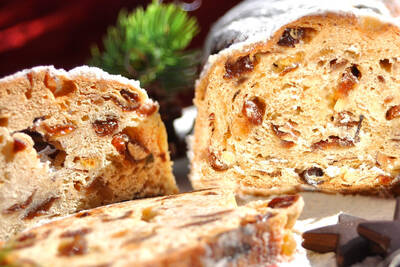
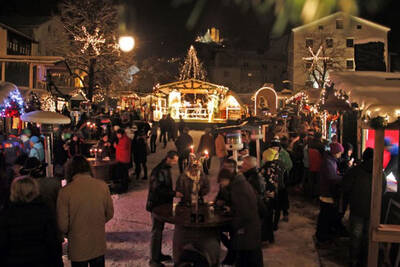
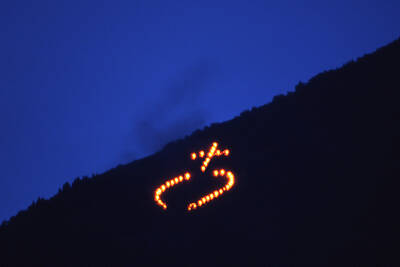
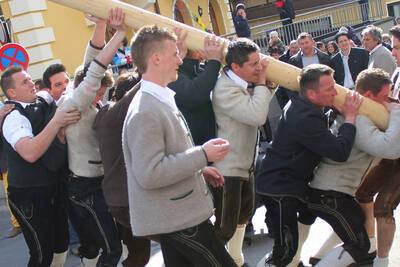
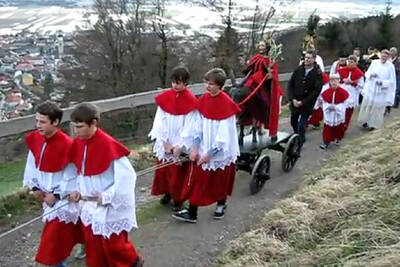
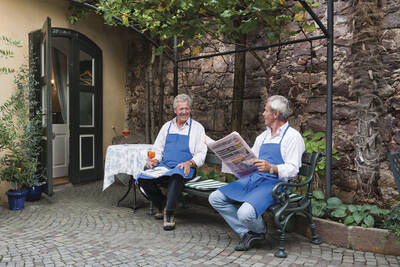
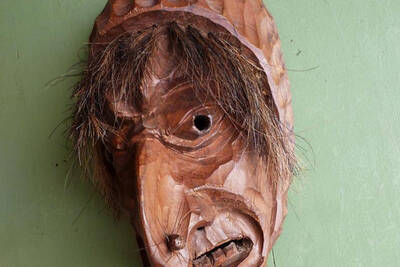
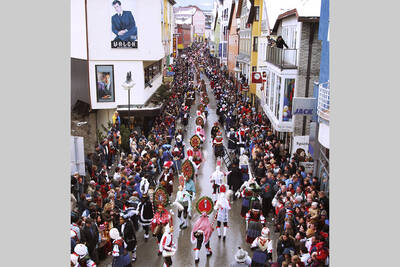
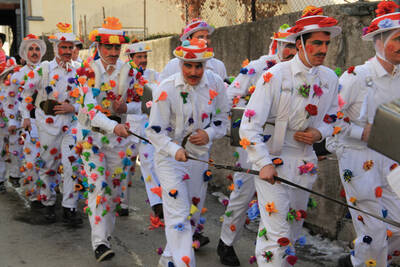
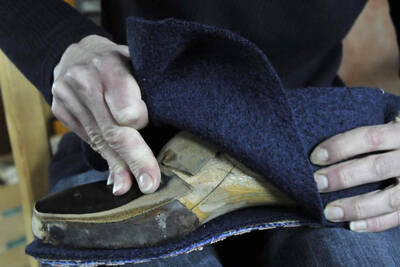
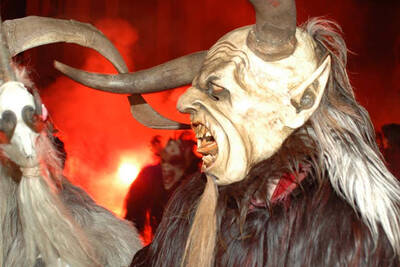
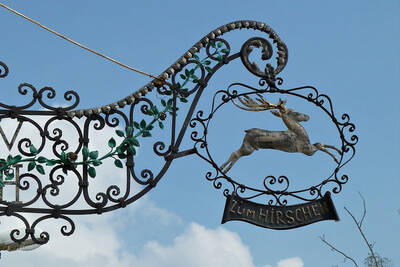
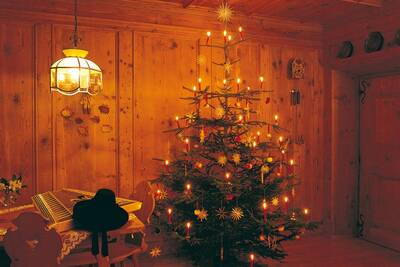
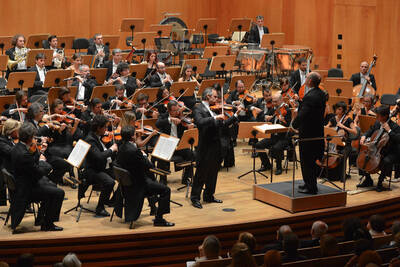
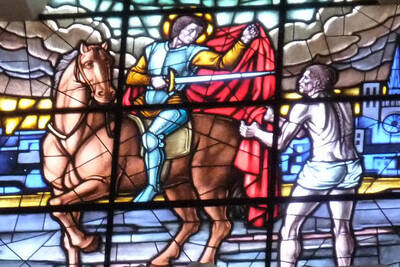
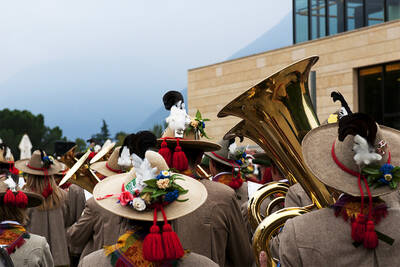
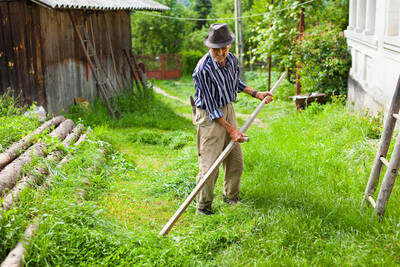
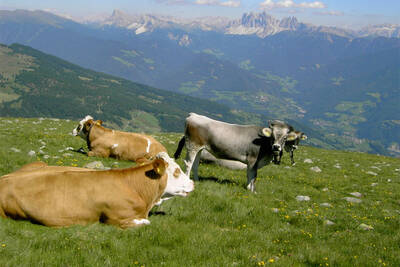
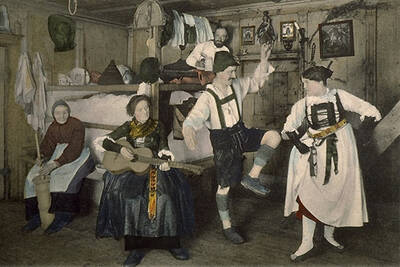
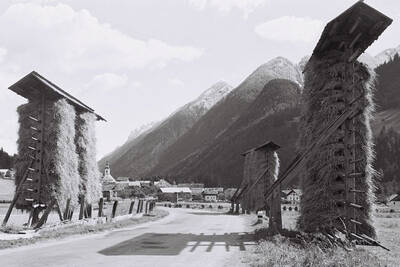
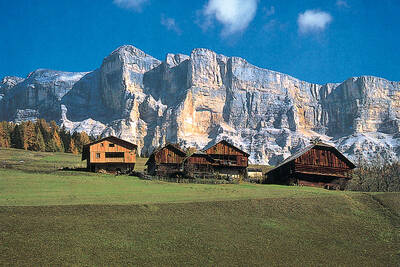
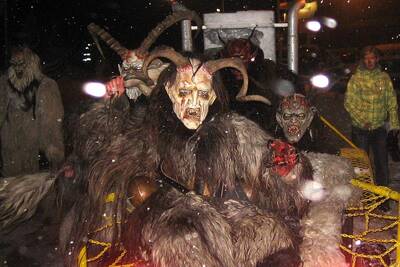
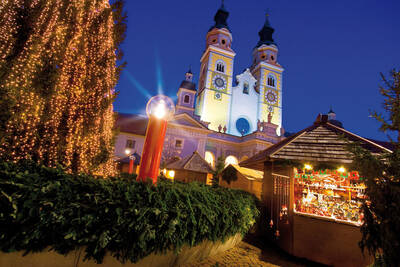
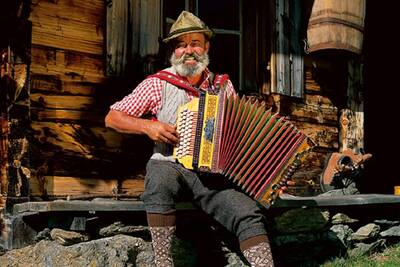
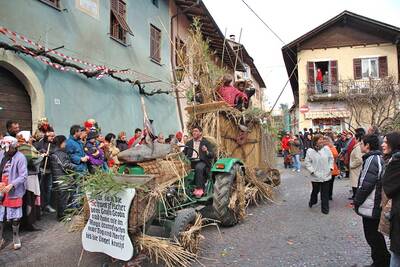
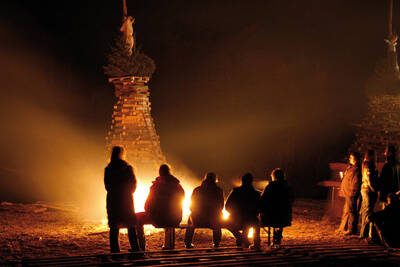
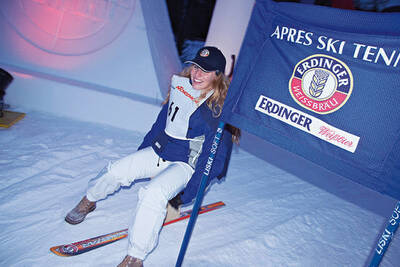
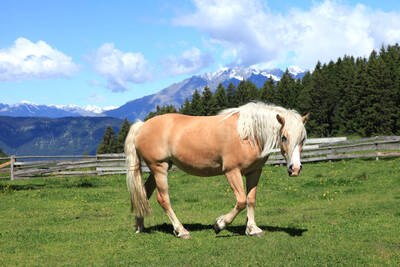
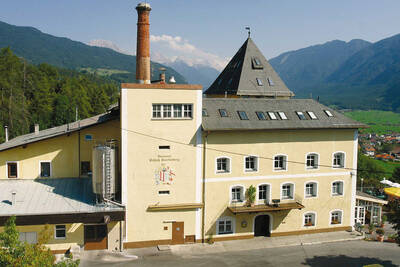
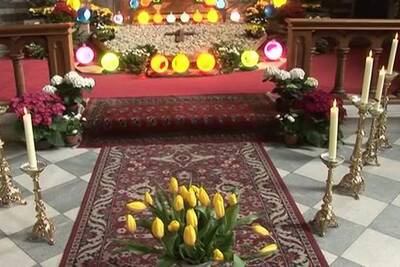
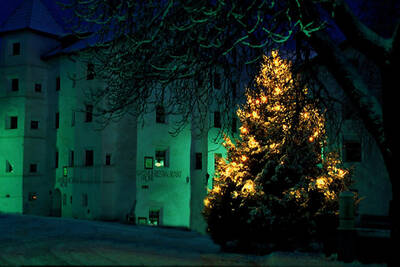
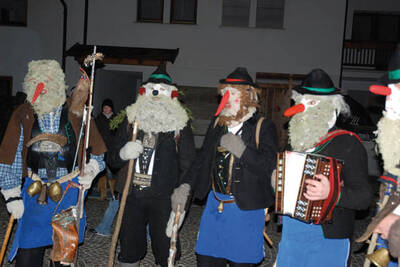
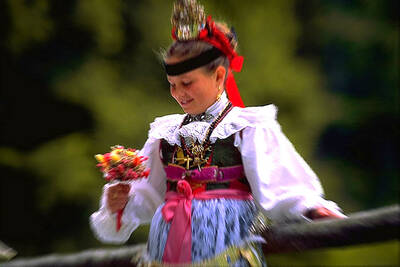
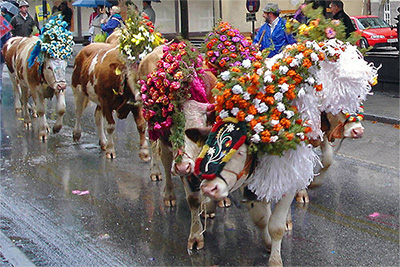

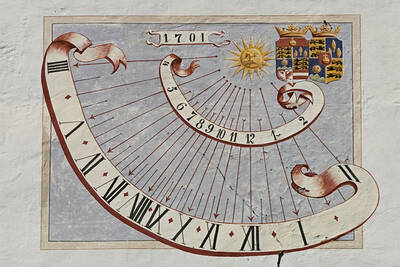
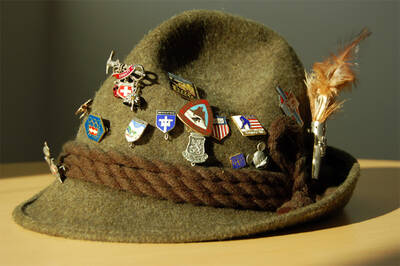
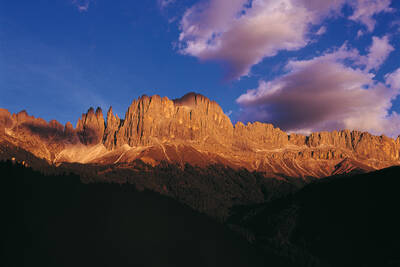
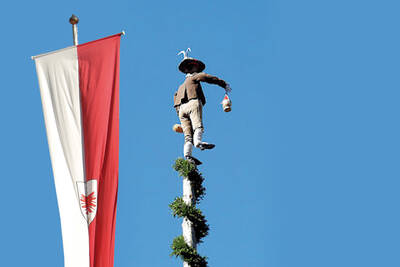
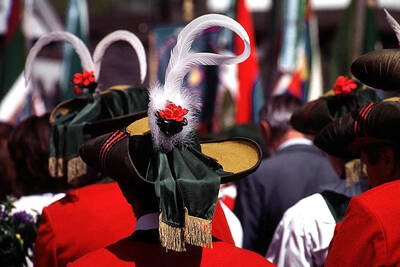
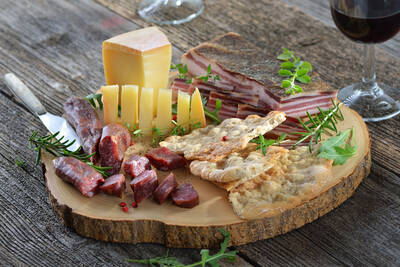
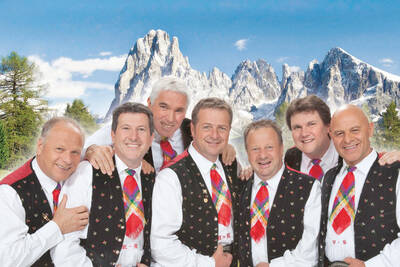
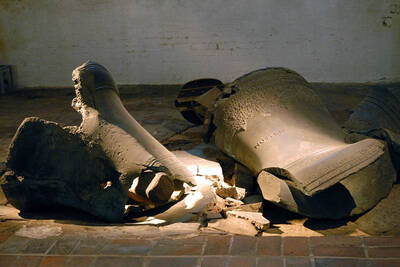
 More infos…
More infos…